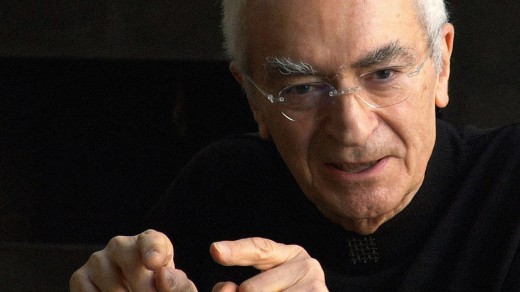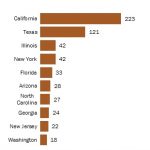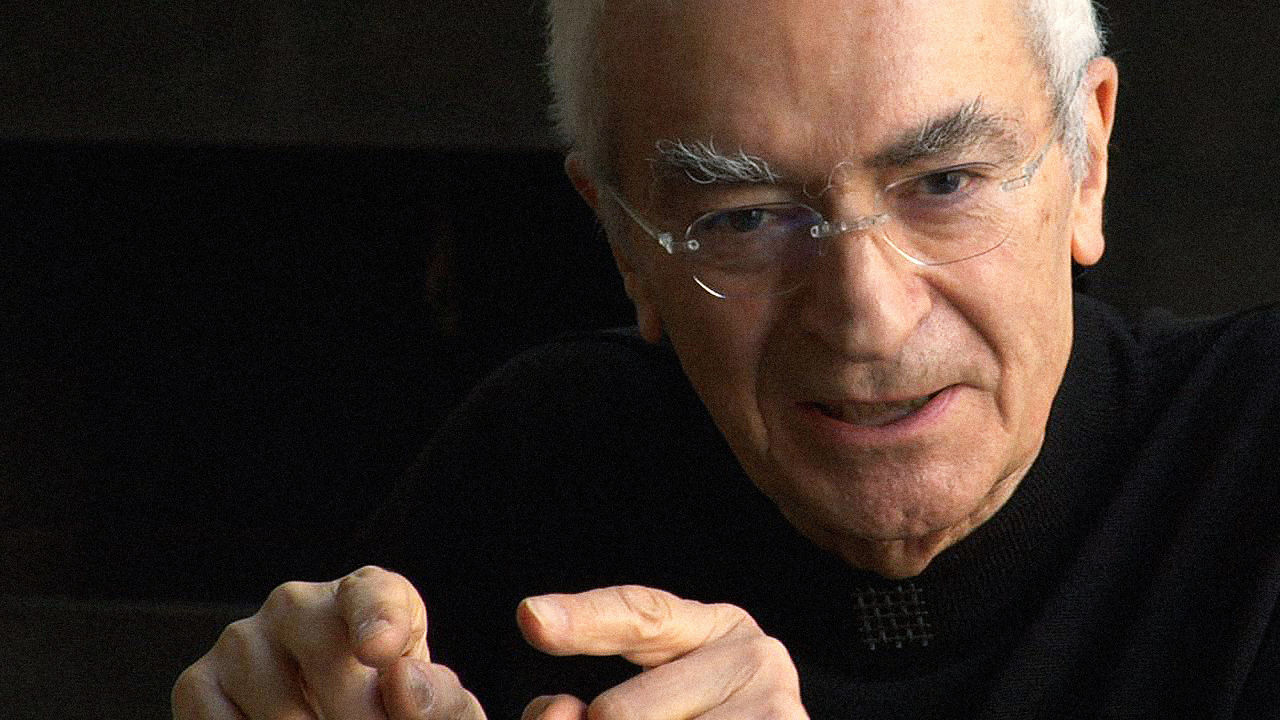A rare Interview With photo Design Legend Massimo Vignelli
From 2006, the late dressmaker shares the story in the back of his infamous new york subway map and why typographic class will succeed.
March 24, 2015
Gary Hustwit: can you speak about the map you designed for the new York subway machine in the ’70s?
such a controversial factor. It’s funny, but i realized the other day the error I made. So this is in point of fact the clearest more or less map i have ever considered in the case of information for the subway. It’s quite simple. every subway line on the map has a coloration, and if truth be told they have already got one. and each station has a dot, you already know. each stop is a dot—no dot, no cease. It couldn’t be easier than that. there’s nothing to fragment the legibility of this. as an alternative, in case you take a look at nowadays’s map, it’s a complete disaster, with fragmentation all over the place. i will be able to show it to you. And this is what we tried to avoid.
Now, 75 years in the past, in London, they did the primary map with a 90- and forty five-degree grid like this one here, and it’s been working fantastic in London for all this time. but ny is a distinct more or less a city. And now I simply realized that possibly, possibly, I made a mistake by way of indicating, even in a deformed approach, the areas—new york, Queens, the Bronx, et cetera. I most definitely will have to have done what they’ve completed in London—not have any indication of the geography. It’s a fully clean, white historical past in order that there is not any suggestion of geography in any way.
one of the crucial issues they had in new york is that the folks, they couldn’t relate the geography with the station, with the strains, and they had been perplexed via that. but it’s just because they shouldn’t. there have been regional maps in the subway stations, so in reality there’s no reason why this map needed to be literal—it could be utterly abstract. however i think that it could’ve been even better if I had pushed the envelope even further and now not had anything else, simply the traces and the stops. maybe that may had been better. in any other case, it’s excellent—i feel it’s essentially the most beautiful spaghetti work ever done. It’s wonderful. And it’s so clear, it’s incredible.
Now, the reality is that fifty% of humanity is visually oriented, and 50% of humanity is verbally oriented. The visually oriented individuals have no drawback studying any kind of map, and the verbal people, they are able to by no means learn a map. however the verbal folks have one nice advantage over the visible people: they can be heard. And that’s why they modified this map! They started to whinge, these individuals, opening their mouths, unless this gorgeous map was substituted with the junky one who you will see now with the aid of going into the subway station. it’s a map that is so loaded with knowledge, which is so difficult to retrieve, that it makes the entire level of the map useless. If I made a mistake, it was not making the geography abstract—making the water beige and the parks grey as an alternative of inexperienced—it was just the truth that we indicated this stuff after we shouldn’t have. We should have just made it blank. it would were better.
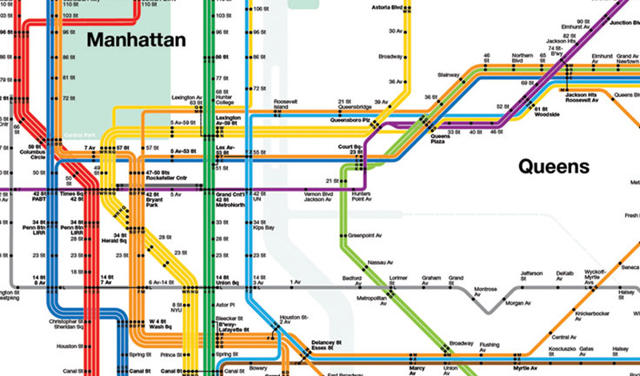
How did you get entangled doing big apple subway device signage [in addition to the map, Vignelli created a standards handbook for the NYC subway] and what had been the challenges?
back in 1966 the Transit Authority realized that the signage they’d used to be more or less poor for the job it needed to do. so that they went to MoMA, and asked them if they could counsel who could be the perfect designer to try this. and i had just arrived over right here, so that they advised them, ‘Oh, you’re fortunate as a result of Vignelli can do these items very smartly, and he’s in new york.’ They obtained involved with us. at that time we had an organization that used to be referred to as Unimark international. They came to Unimark, and we bought the challenge.
They first asked us to check four stations, as a test, . instances square was once one among them; Grand primary, i think, was any other one, after which some other station in Queens, after which Broadway-Nassau, if I take into account. We did the research on these four stations, the site visitors glide and the entire analysis wanted to decide the place the factors of determination had been—as a result of the whole thing in signage, the number 1 rule, is to provide information at the point of choice. by no means before and by no means after. when you drive, you find out most of the time that this rule just isn’t followed—you’re getting knowledge too early, so by the time you get to the fork, you miss it. Or it’s given too late, even after the fork, so you leave out it. It’s very conventional to make this kind of mistake with regards to signage. so as to determine where the signs had to be was once the primary part of the learn about. Then, in fact, it was once, for us, obtrusive to use Helvetica. It used to be the best sort, and legible. i must say that on the time it used to be no longer even round here, so we used usual at the time of the study. Then eventually it became Helvetica.
The second thing was once to standardize the helps for the signs. previous to this the indicators were made in keeping with the amount of space that that they had to be had in every instance—they have been all performed customized. with a purpose to prolong the signage during the whole system of 485 stations, we devised a system of supports and signs that had been standardized. there were three classes of signage, and each one had its own appropriate dimension, which took place to be twice the size of the previous one. everything had a relationship. this isn’t ‘one time like this, one time like that,’ you understand?
The method used to be constant during, because consistency is extremely important in design. that is forgotten more often than not by using people designing books, magazines, indicators, packaging, no matter it’s. the fewer collection of typefaces you utilize, the simpler, and the less choice of sort sizes is even better. it all stems, naturally, from that excellent Swiss way. The Swiss, maybe as a result of they make watches, they are so actual.
Your subway signage handbook remains to be in use, proper?
I’s nonetheless in use. This used to be 1966, so it’s over forty years. I mean, the heritage modified from white to black when they had the graffiti explosion, and any person had the idea of doing the signs in black with white type. That’s k; it’s superb. not an immense distinction. I like the white background higher, but that’s okay. I’m satisfied the signage used to be not changed. The map is a simple factor to alter—it’s quick and cheaper. The signage is an awfully expensive thing to change, so it’s going to be there for a very long time.
What’s your opinion of the impact of the computer on typography?
within the ’60s, we had been taking standard and reducing the perimeters of the letters with a purpose to get the type tighter. A just right typographer all the time has sensitivity in regards to the distance between letters. It makes a major amount of distinction. we predict typography is black and white. Typography is in reality white, . It’s now not even black, in a sense. it is the house between the blacks that actually makes it. In a sense, it’s like track—it’s now not the notes; it’s the gap you put between the notes that makes the song. It’s very so much the
related situation.

The spacing between letters is essential, and the spacing between the traces is vital, too. And what typographers do, what we do always, is constantly work with these two components, kerning and major. Now, within the old instances we have been all doing this with a blade and slicing type and slicing our fingers always. but eventually, thank God, the Apple pc happened. Apple made the right kind of laptop for the communique container. IBM made the computer, and the laptop was once no excellent for communique. The computer was once great for numbers, they usually almost certainly made studies that there were more folks concerned with numbers—banks, insurance corporations, companies of all types. but they made an important mistake at the comparable time through not taking into consideration the dimensions of the
communications world. That neighborhood is big, you know—newspapers, tv, anything that’s printed. It’s monumental. advertising, design, you name it.
in any case, Apple, thank God, obtained the instinct of going after that market, and so in 1990 they got here out with a pc that we designers may use. Now, let’s face it: the pc is a superb thing, nevertheless it’s only a device, similar to a pencil is a tool. the computer has far more reminiscence, the pencil has no memory in any respect, and i have even much less. however it is an implausible tool which allowed the most effective typography ever done in the history of typography, because you are able to do the kerning perfectly for the situation. you are able to do the best perfectly for whatever you’re encountering. no longer only that, but you see it instantly; that you could print it straight away. It brings immediacy to your thoughts, and that is something that by no means came about before within the historical past of mankind.
It means that you can do the very best typography ever, but it surely additionally allows you to do the worst ever. So we have now considered, particularly in the beginning when the pc came about, individuals taking type and doing all varieties of issues. everybody turned into a designer. They were taking kind and squeezing it in, stretching it. It used to be implausible what they have been doing. rapidly we were going through the greatest amount of vulgarity, or what I call visual pollution, that had ever been carried out earlier than. but on the related time, we additionally had probably the most best possible work ever executed. in fact, the most effective work you never see, however vulgarity is very ubiquitous, so it’s far and wide.
this is another incentive for us. It provides us another reason to battle. The life of a designer is a life of fight, to battle towards the ugliness. identical to a health care provider fights towards illness. For us, visual disease is what we’ve got all around, and what we try to do is to remedy it someway with design, by means of putting off, as so much as that you can think of, the individuals who make it. not physically, however at the least limiting their risk of polluting the arena. It’s a mission. Is it arrogant? possibly. Is it pretension? possibly. but so is each other field. You in finding the identical perspective in song; you to find the identical angle in literature; you in finding it in any kind of art, and in architecture. There’s a steady fight in opposition to ugliness, a steady fight in opposition to noise as an alternative of tune. It doesn’t shock me that a super software like the pc can permit this explosion of visible pollution. however in just right fingers, it’s the very best thing that ever came about.

What are your thoughts about individuals’s awareness of type? Do you think the typical individual in ny notices the diversities, consciously or unconsciously?
probably the most interesting questions is, do people really care about kind? Do they care about typography? Do they recognize anything else? They don’t find out about Helvetica, Bodoni, and Garamond, and Cooper Black, or things like that, you know. It’s humorous, however you’d be shocked how much individuals respond to typefaces, and even supposing they don’t comprehend the names, they are saying, “i love one thing like that.” So they have got some more or less desire to be satisfied by means of a undeniable roughly kind relatively than every other. I was simply staring at the opposite day a funny mini-documentary, whatever they call them, on television. they usually were announcing that ABC, the tv channel, has achieved all types of programs over the past 25 years. they have got finished documentaries about the whole lot that you can think of, however they’ve by no means once performed something on photograph design, which is unbelievable. Their logo was designed with the aid of Paul Rand, who was once the best American photograph fashion designer of the century, and no person knows him!
all and sundry is aware of about singers, they learn about architects, they know about painters, they learn about writers, they learn about excellent medical doctors, however very few individuals learn about picture designers. So perhaps picture design doesn’t have the proper of publicity. They know every now and then, perhaps, about any person doing posters; i believe extra individuals are conscious, as an example, of Milton Glaser, as a result of he’s an important clothier, an artist, and he does very good posters. individuals have been privy to Peter Max back 30 years in the past. however most often speaking, there is little or no consciousness of photo design and picture designers. Even with clients. Do they care about sort, what sort of typeface we use, and so forth and so on? every so often they do, once in a while they don’t, and possibly it’s higher that way.
What’s the future of typography and photograph design?
It’s hard to say. I don’t think that there are going to be drastic adjustments until the published word is no longer round—it needs to be achieved with typefaces. And the sensibilities come and go; more recent know-how comes and goes; the computer brings using certain type that is more applicable for the pc, et cetera. So there could be new technology that changes it.
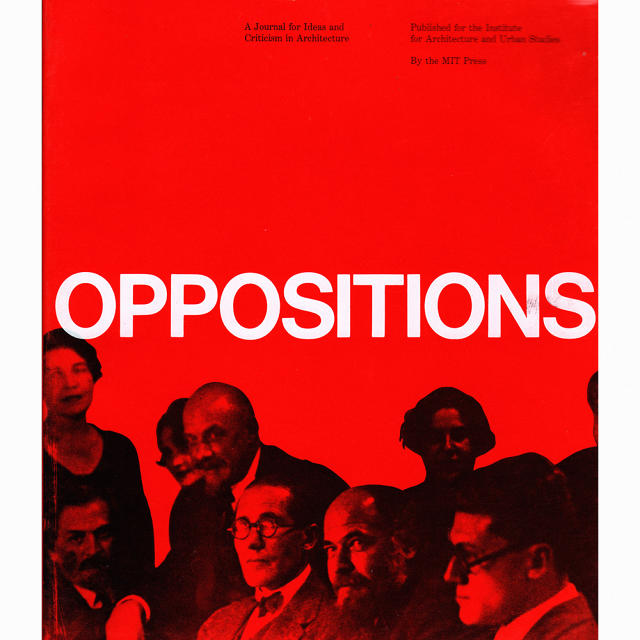
There are people who suppose that the type should be expressive—they have a unique perspective from mine. I don’t think sort should be expressive in any respect. i can write the phrase ‘canine’ with any typeface, and it doesn’t need to look like a canine. but there are individuals who, after they write ‘canine’ think it will have to bark, you realize? So there are all forms of folks, and subsequently, there will at all times individuals who will find work designing funky type, and it could be that rapidly a cool typeface takes the sector through storm, but I doubt it. I’m a strong believer in mind and intelligence, and i’m a robust believer in intellectual elegance, so that, i think, will stop vulgarity from truly taking over the sector greater than it has already.
Some defenses need to be put up, and i believe, if truth be told, that the more culture spreads out and the extra refined schooling turns into, the more sophisticated the sensibility about kind turns into, too. The extra uneducated the individual is who you speak to, the extra he likes horrible typefaces.
take a look at comics just like the Hulk, things like that. It’s now not even type. look at anything which is elegant and refined; you in finding dependent and sophisticated typefaces. The extra culture is refined someday—this might take a very long time, however sooner or later education might be triumphant over lack of awareness—the extra you’ll to find good typography. I’m sure of that.
This interview was condensed and edited with the author’s permission. For extra of Vignelli’s interview and interviews with 70 other designers, purchase Helvetica/Objectified/Urbanized: your complete Interviews here.
[Top Photo: Courtesy of Gary Hustwit]
(272)

